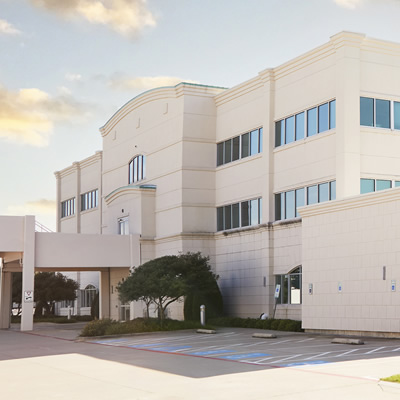Detectar los síntomas del cáncer de mama para adelantarse a él
When it comes to detecting Cáncer de Mama, it's important to remember that no two people are exactly the same. What's normal for one person may not be for another. Many women say their breasts feel lumpy or uneven and factors such as menstruation, childbirth, weight changes and certain medications can affect the appearance and feel of your breasts. Additionally, breasts tend to change with age. Knowing what is normal for you is key to detecting breast cancer symptoms early.
By performing monthly Autoexámenes de mama, you'll become more familiar with your breasts and can more easily spot any unusual changes. It's also important to remember that regular mammograms, as your healthcare provider recommends, are an essential part of breast health. If you notice anything unusual, talk to your healthcare provider as soon as possible.
¿Cuáles son los síntomas del cáncer de mama?
Los síntomas del cáncer de mama pueden variar en función del tipo que padezca. Los bultos en las mamas son un signo común, pero el cáncer de mama también puede causarlos:
- Cambios en la piel
- Hinchazón
- Cambios en su pezón
- Una erupción
Sin embargo, es importante recordar que el cáncer de mama no siempre provoca síntomas, sobre todo en las primeras fases de la enfermedad.
Bultos
Uno de los signos más comunes del cáncer de mama es un bulto o masa sólida en la mama. Estos bultos suelen ser firmes y no siempre dolorosos, aunque algunos pueden resultar sensibles. Puede sentir un bulto en el pecho o la axila o un engrosamiento en la zona.
It's important to remember that not all breast lumps indicate cancer. Certain noncancerous breast conditions, such as cysts, can also cause lumps.
Cambios en el pezón
Breast cancer can cause changes in the nipple or the skin around it. A nipple may feel tender or turn inward as a tumor forms underneath it. Breast cancer may cause a clear or bloody nipple discharge that occurs without you squeezing the nipple. The skin around your nipple may become red, dry, flaky or thicker than usual.
Cambios en la forma o el tamaño de los senos
Un pecho que cambia de tamaño o de forma siempre debe ser revisado por su médico. Un pecho puede hincharse o hacerse más pequeño. Además, un pecho puede aplanarse repentinamente, caerse o hacerse más grande o más pequeño que el otro.
Es habitual que las mujeres tengan los pechos ligeramente asimétricos, pero si el cambio es nuevo, debe hablar con su médico.
Dolor
You may notice your breasts feeling tender or painful during your monthly menstrual cycles, which is common. In many cases, pain is not associated with breast cancer, but breast cancer can cause pain when a tumor pushes into nearby tissue. Talk to your provider if you have Dolor en los senos o pezones that does not go away, is very intense and develops in one spot.
Cambios en la piel
Pueden producirse cambios en la piel con muchas afecciones mamarias, como infecciones, afecciones inflamatorias y dermatitis. Cuando se producen cambios cutáneos con el cáncer de mama, pueden aparecer en la piel de la mama o del pezón. Los síntomas incluyen:
- Oscurecimiento
- Sequedad
- Flakiness
- Picazón
- Poros de la piel que se agrandan
- Enrojecimiento o sarpullido
- Piel que se frunce u hoyuelos como una piel de naranja
- Espesamiento
¿Cuáles son los síntomas del cáncer de mama en los hombres?
The signs of breast cancer in men are similar to those in women. These may include a painless lump or thickened area in the breast tissue, skin changes over the breast like dimpling, puckering, redness or scaling, changes in the nipple such as redness or scaling, a nipple that starts to turn inward, and nipple discharge.
¿Qué significa un bulto en el pecho?
A breast lump can happen for many reasons, including harmless conditions or something more serious. Some common causes are fibroadenoma, a noncancerous lump that feels rubbery and can move, often found in young women; breast cysts, which are fluid-filled sacs that might be painful or hard to notice and often change with a woman’s period; and breast abscesses, a collection of pus in the breast tissue. An abscess is a common complication of a mastitis, an infection in the breast tissue that typically occurs in breastfeeding women. Mastitis can make the breast red, warm and sore. Hormonal changes during a menstrual cycle can also cause lumps. Even though most breast lumps are harmless, it's important to see a doctor, especially after menopause.
¿Cuándo debe acudir al médico por síntomas de cáncer de mama?
Si tiene un bulto o experimenta otro síntoma que no le parece normal, llame a su médico de inmediato.
You may need tests, such as a diagnostic mammogram or El ultrasonido de mama, to help determine what’s causing the symptoms. These and other tests for breast cancer can help identify breast cancer regardless of symptoms, which means you can start treatment as soon as possible.
Breast cancer is the most common cancer in women, behind skin cancer. With regular screening, the condition can be identified early before symptoms appear. Most women should begin annual screening mammograms at age 40, but some women who have a higher risk may need them earlier or more frequently than once per year.
Personas con mayor riesgo de cáncer de mama
Some women have a higher-than-average risk for breast cancer. For those women, relying on symptoms could mean that cancer goes undetected for too long. They may benefit from earlier or more frequent breast cancer screenings or from genetic testing that can tell them if they have inherited gene mutations that put them at risk.
Talk to your primary care physician or OBGYN about screening or genetic testing if you:
- Tener antecedentes familiares de cáncer de mama, especialmente en un pariente de primer grado, como la madre o una hermana
- Tener antecedentes personales de cáncer de mama
- Recibió radiación en el pecho al principio de su vida
Centros de detección del cáncer de mama cerca de usted
Le ayudamos a recibir atención en un lugar que se adapte a sus necesidades. Varios de nuestros centros en el norte y centro de Texas ofrecen mamografías para detectar el cáncer de mama antes de que presente síntomas.

Especialistas en el cuidado de los senos de Baylor Scott & White, Texas
1250 8th ave ste 650, fortworth, tx, 76104
- Lunes: 8:30 am - 4:30 pm
- Martes: 8:30 am - 4:30 pm
- Miércoles: 8:30 am - 4:30 pm
- Jueves: 8:30 am - 4:30 pm
- Viernes: 8:00 am - 1:30 pm

Baylor Scott & White Especialistas en atención mamaria de Texas (satélite)
6100 Harris Pkwy Ste 260, Fort Worth, TX, 76132
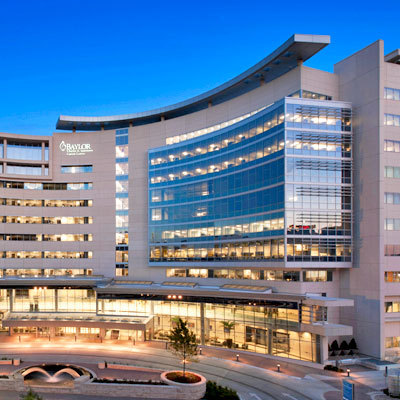
Baylor Scott & White Breast Specialists - Dallas
3410 vale la pena st ste 235, dallas, tx, 75246
- Lunes: 8:30 am - 5:00 pm
- Martes: 8:30 am - 5:00 pm
- Miércoles: 8:30 am - 5:00 pm
- Jueves: 8:30 am - 5:00 pm
- Viernes: 8:30 am - 5:00 pm
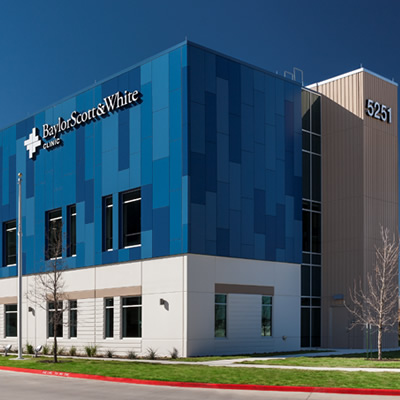
Baylor Scott & White Cancer and Infusion Center - Austin Oak Hill
5251 US 290 Ste 100, Austin, TX, 78735
- Lunes: 8:00 am - 5:00 pm
- Martes: 8:00 am - 5:00 pm
- Miércoles: 8:00 am - 5:00 pm
- Jueves: 8:00 am - 5:00 pm
- Viernes: 8:00 am - 5:00 pm
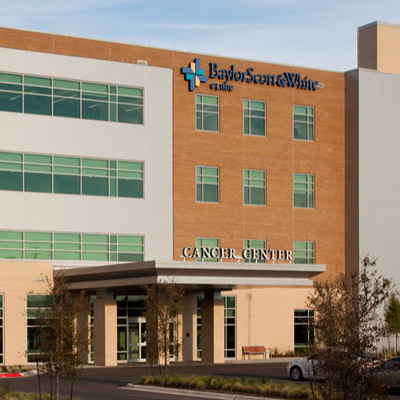
Baylor Scott & White Cancer Center - Round Rock
300A University Blvd , Round Rock, TX, 78665
- Lunes: 8:00 am - 5:00 pm
- Martes: 8:00 am - 5:00 pm
- Miércoles: 8:00 am - 5:00 pm
- Jueves: 8:00 am - 5:00 pm
- Viernes: 8:00 am - 5:00 pm
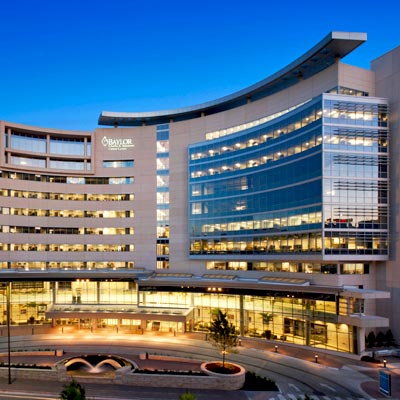
Baylor Scott y White Charles A. Sammons Cancer Center - Dallas
3410 Worth St, Dallas, Texas, 75246
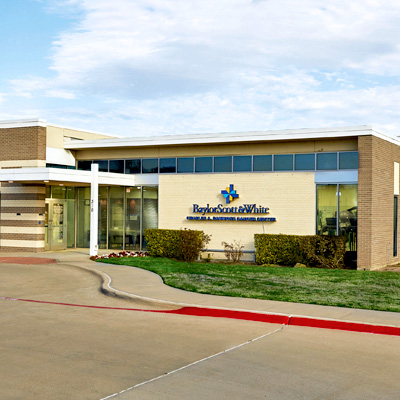
Centro Oncológico Baylor Scott & White Charles A. Sammons - Duncanville
310 E Hwy 67 Duncanville, TX, 75137
- Lunes: 8:00 am - 5:00 pm
- Martes: 8:00 am - 5:00 pm
- Miércoles: 8:00 am - 5:00 pm
- Jueves: 8:00 am - 5:00 pm
- Viernes: 8:00 am - 5:00 pm

Baylor Scott & White Charles A. Sammons Cancer Center - Irving
2001N MacArthur Blvd Ste 120, Irving, TX, 75061
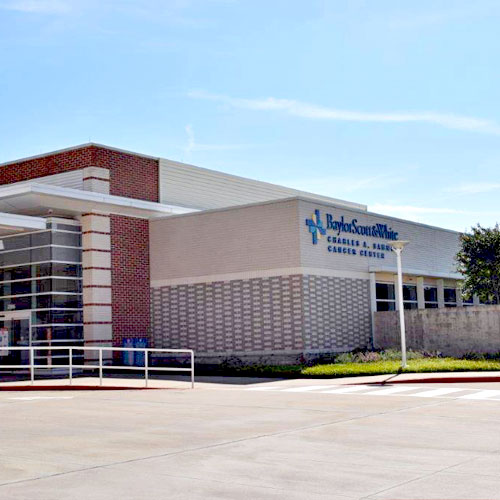
Centro Oncológico Baylor Scott & White Charles A. Sammons - Waxahachie
2380 Interestatal norte 35E , Waxahachie, TX, 75165
- Lunes: 7:30 am - 4:30 pm
- Martes: 7:30 am - 4:30 pm
- Miércoles: 7:30 am - 4:30 pm
- Jueves: 7:30 am - 4:30 pm
- Viernes: 7:30 am - 4:30 pm
- Sábado: 7:30 am - 4:30 pm
- Domingo: 7:30 am - 4:30 pm
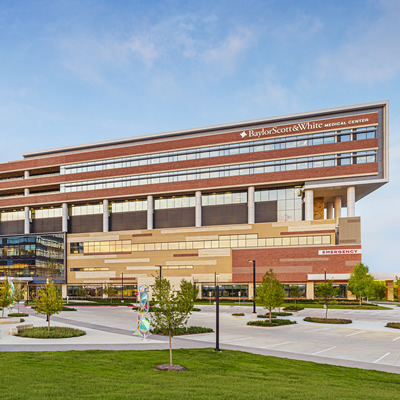
Baylor Scott & White Medical Center - Frisco at PGA Parkway
7600 Better Way , Frisco, TX, 75033
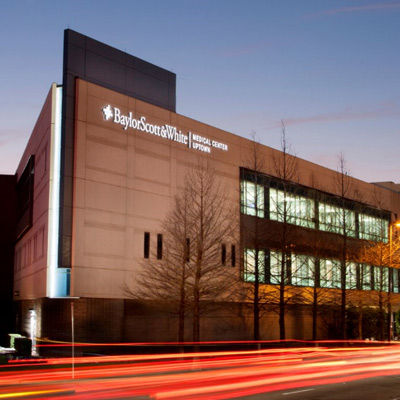
Baylor Scott & White Medical Center - Uptown
2727 E Lemmon Ave , Dallas, TX, 75204
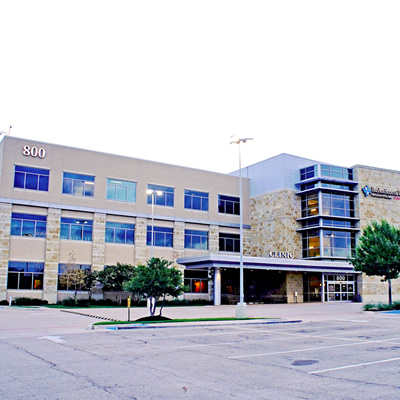
Baylor Scott & White Specialty Clinic - Marble Falls
800 W State Hwy 71 , Marble Falls, TX, 78654
- Lunes: 8:00 am - 5:30 pm
- Martes: 8:00 am - 5:30 pm
- Miércoles: 8:00 am - 5:30 pm
- Jueves: 8:00 am - 5:30 pm
- Viernes: 8:00 am - 5:30 pm
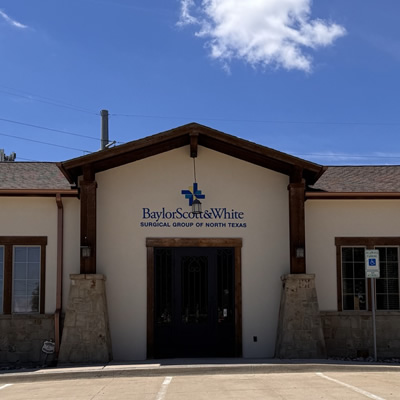
Baylor Scott & White Surgical Group del norte de Texas - Grapevine
1056 Texan Trl, Grapevine, Texas, 76051
- Lunes: 8:00 am - 5:00 pm
- Martes: 8:00 am - 5:00 pm
- Miércoles: 8:00 am - 5:00 pm
- Jueves: 8:00 am - 5:00 pm
- Viernes: 8:00 am - 4:00 pm
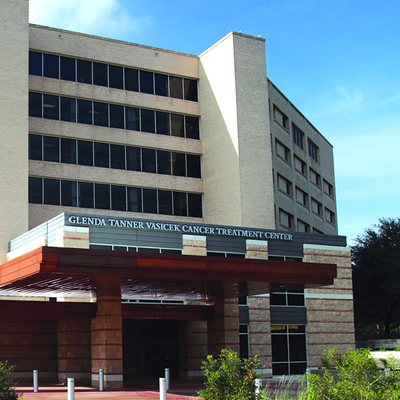
Baylor Scott & White Vasicek Cancer Treatment Center - Temple
2401 S 31st St, Temple, TX, 76508
- Lunes: 8:00 am - 5:00 pm
- Martes: 8:00 am - 5:00 pm
- Miércoles: 8:00 am - 5:00 pm
- Jueves: 8:00 am - 5:00 pm
- Viernes: 8:00 am - 5:00 pm

Centro de imágenes para mujeres Baylor Scott & White - Irving (Macarthur y Hwy 183)
2001N MacArthur Blvd Ste 250, Irving, TX, 75061
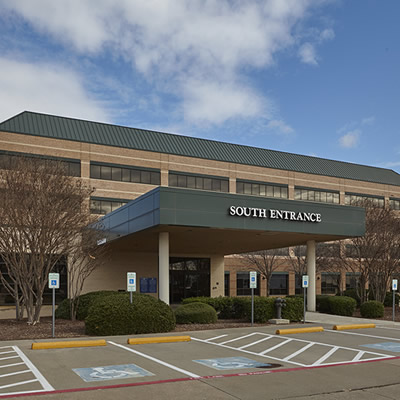
Centro de imágenes para mujeres Baylor Scott & White - Las Colinas (Macarthur & I-635)
440 Plaza II de la autopista W Lyndon B Johnson, calle 120A, Irving, TX, 75063
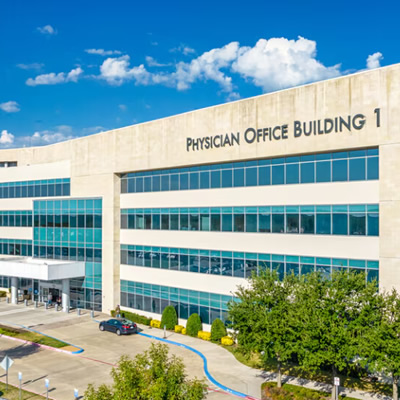
Centro de imágenes para mujeres Baylor Scott & White - McKinney
5236 w university dr ste 2500, mckinney, tx, 75071
- Lunes: 8:00 am - 4:30 pm
- Martes: 8:00 am - 4:30 pm
- Miércoles: 8:00 am - 4:30 pm
- Jueves: 8:00 am - 4:30 pm
- Viernes: 8:00 am - 4:30 pm

Centro de imágenes para mujeres Baylor Scott & White - Plano
4716 Pabellón II de Alliance Blvd, Ste 100, Plano, TX, 75093
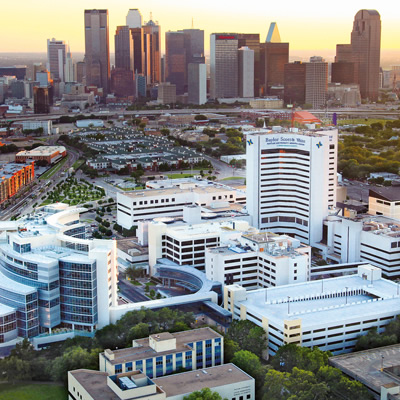
Baylor University Medical Center, parte de Baylor Scott & White Health
3500 Avenida Gastón, Dallas, TX, 75246
